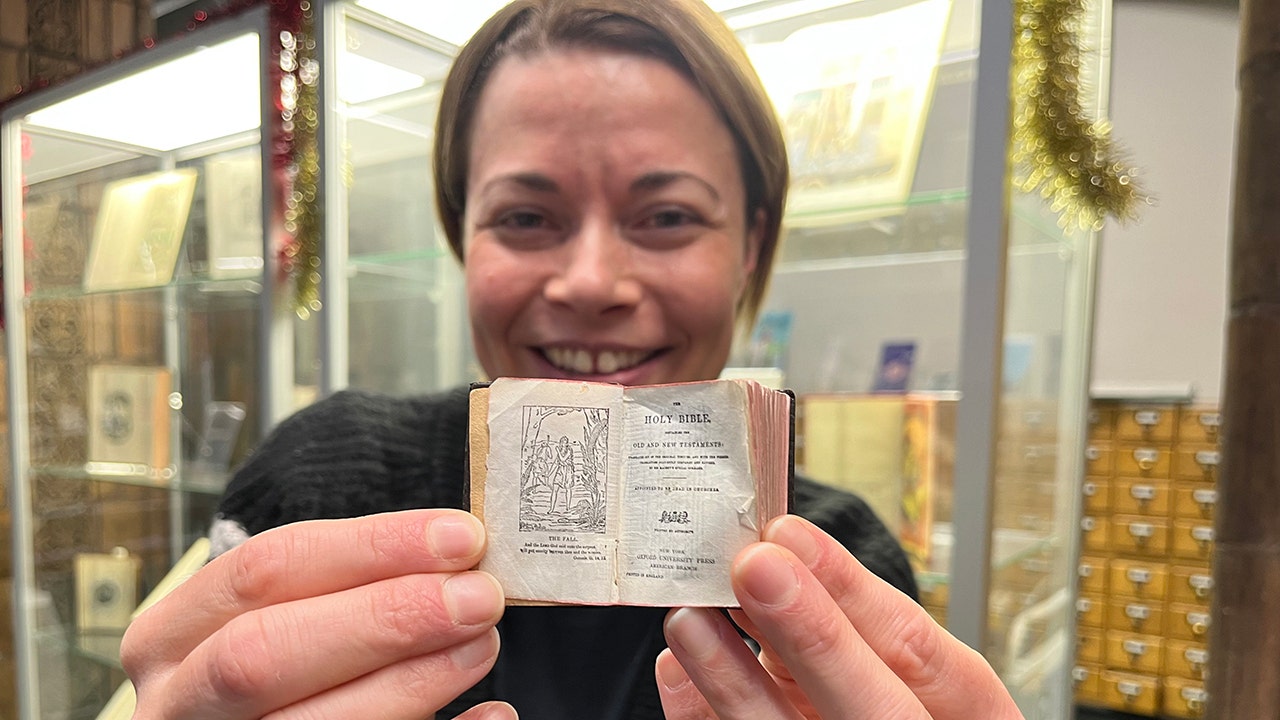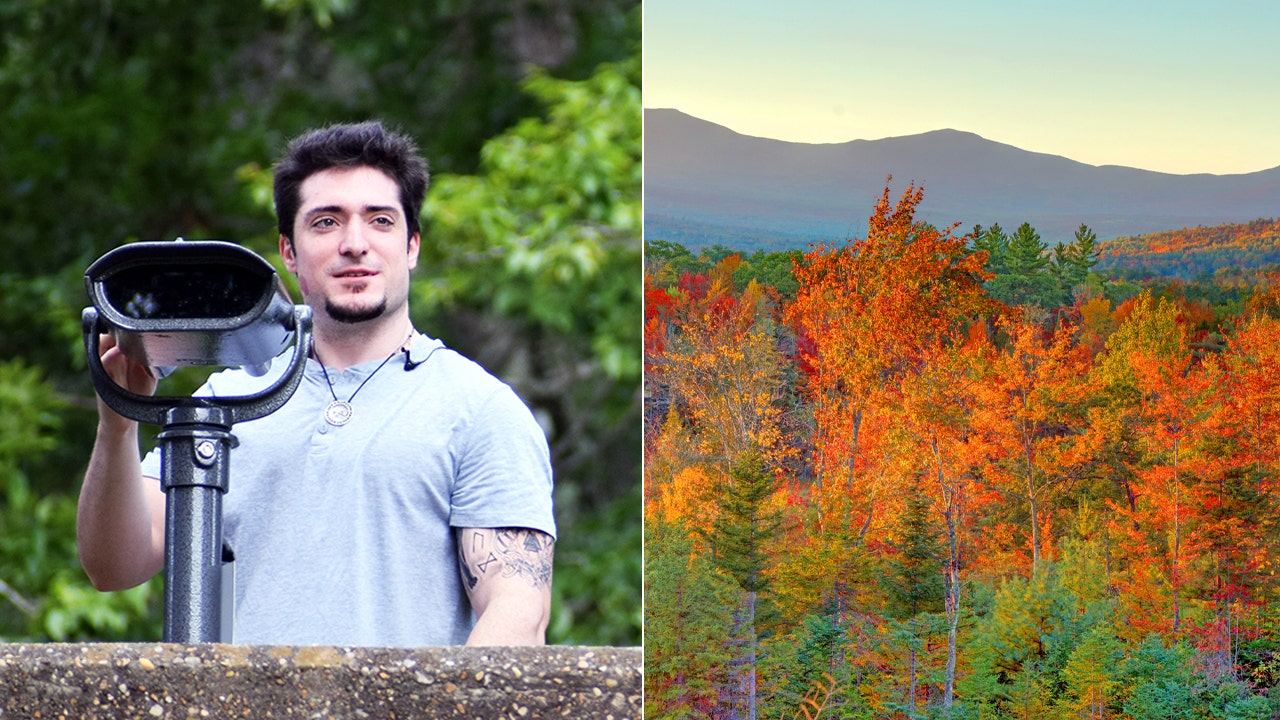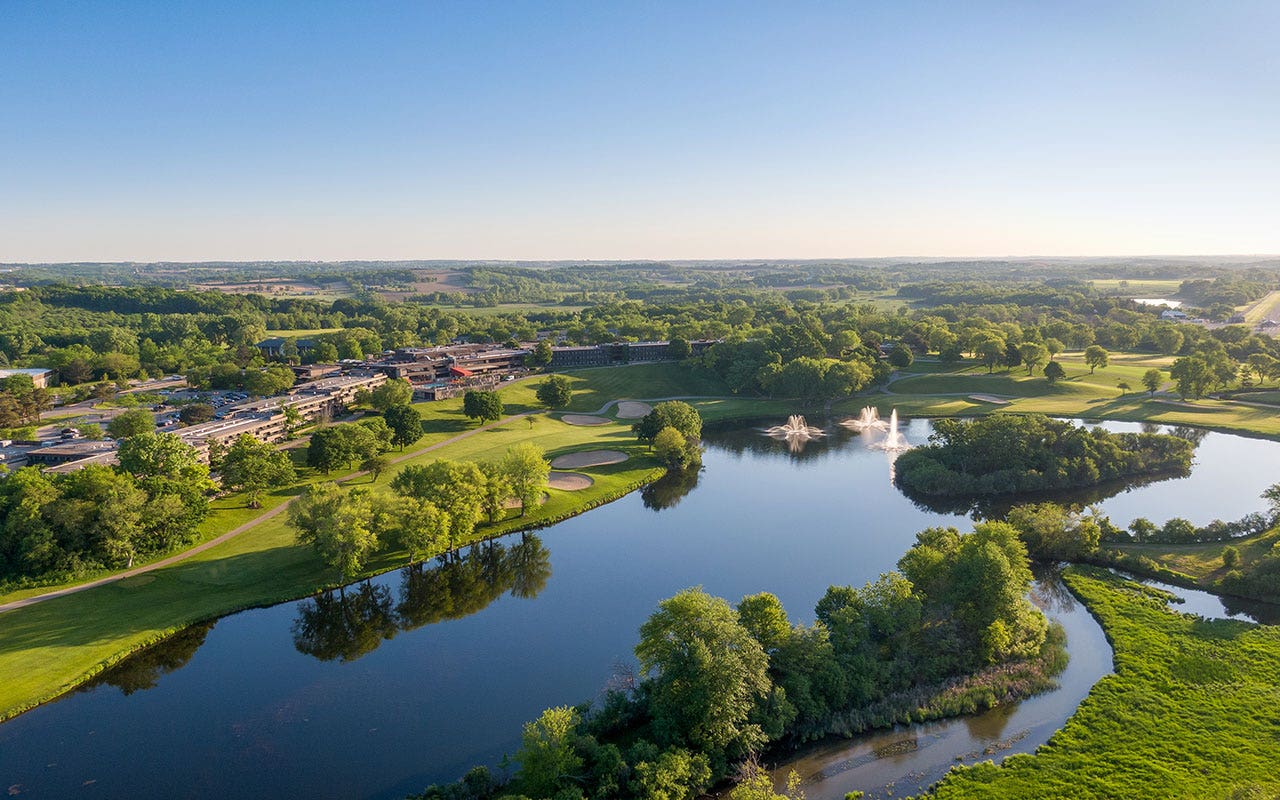A family beach vacation is an American classic. But depending on their children’s ages and inclinations, some families may be drawn to different kinds of shorelines: those featuring clear, calm water for snorkeling and learning to swim; or, for shell collectors and young naturalists, sandy stretches carpeted with seashells or bordered by tide pools. For castle builders, fine sand is a must, while would-be surfers need tidy waves, ready to ride. Here are six great beaches in the United States and Baja California for family-favorite summer activities.
For castle builders: Mission Beach, San Diego
San Diego’s temperate climate allows for barefoot beach days year-round. For those who’d rather build with sand than lie in it, Mission Beach has another advantage: San Diego Sand Castles and the sand sculptor JT Estrela. Mr. Estrela, a former math teacher, offers lessons in the art of sand castle construction on this family-friendly Southern California beach, where the sand is perfect for castle building: The grains are fine but not too silty, clean below the tide line, free of shells and rocks, and pack hard.
In his two-to-three-hour sessions (starting at $160 for two people, $20 for each additional person), Mr. Estrela works with families to build elaborate five-foot-tall castles. The goal is for participants to “feel like this insider of arcane knowledge,” he said.
While the best sand in the San Diego area is at the offshore city of Coronado in San Diego Bay, Mr. Estrela prefers working with families at Mission Beach. Known for its boardwalk amusement park, Belmont Park; historic beachfront swimming pool, the Plunge; and excellent playgrounds, it’s particularly fun for kids. The smell of cotton candy and hot dogs hangs in the air, mingling with shrieks from the Giant Dipper, Belmont’s 1925 wooden roller coaster, squawking sea gulls and salt spray. Its biggest downside is its popularity, which means parking can be a challenge.
In an archipelago known for spectacular beaches, Onekahakaha Beach Park, on the rugged, volcanic coast of the Big Island, may seem a counterintuitive choice. At Onekahakaha, with its two large, sandy-bottomed ocean pools enclosed by lava rock walls and backed by palm trees and an expansive grassy lawn, the sand is mostly below the surface.
Separated from the Pacific Ocean’s notoriously powerful waves and rip currents, the seawater within the pools is warm and placid, protected and shallow, which makes it excellent for little kids learning to swim, as well as for older kids to snorkel. It’s also home to nonthreatening marine life (no sharks here), including green sea turtles.
Though the water is only about waist-deep on an adult, there are lifeguards, adding to Onekahakaha’s reputation for safety. And without a wide swath of sand between the pools and the shoreline path, the water is accessible for strollers and wheelchairs. There’s also a swing set, picnic tables and proximity to the lush Hilo area.
As long as you’re on the Big Island, the site of several active volcanoes, visit the thermal pools alongside some of its beaches, including Pohoiki Black Sand Beach at Isaac Hale Beach Park, 40 miles south of Onekahakaha. The ocean there may be a bit rough for young swimmers, but it’s a great place to show children a fresh lava flow.
At Surf With Sean, Mr. Griffin offers private 90-minute lessons ($95 to $120) to surfers as young as 3 and into their 80s, as well as surf camps for kids ($425 per week). “There’s no reason they shouldn’t be able to learn or give it a shot,” said Mr. Griffin, who provides all gear in all sizes, including adaptive equipment.
There’s more to the area’s kid appeal than its waves. Mr. Griffin points to Johnnie Mercers Fishing Pier, at the center of the beach, where his son “loves seeing all the salty fisherman pulling in fish,” and the big, modern playground at Wrightsville Beach Park.
For tide pool explorers: Carkeek Park, Seattle
Naomi Tomky — a lifelong Seattleite, author of “The Pacific Northwest Seafood Cookbook” and mother of two daughters, 6 and 8 — recommends Carkeek Park in Seattle for an immersive experience in Puget Sound marine life. At low tide, Ms. Tomky said, the narrow beach “just goes out for ages,” exposing tide pools filled with starfish, sea snails, anemones and “many, many crabs, from the size of your fingernail to the size of your hand.”
Unlike tide-pooling elsewhere on the West Coast, where the powerful Pacific Ocean requires caution because of dangerous sneaker waves, Puget Sound is rich with life but calm enough for Ms. Tomky to let her daughters explore on their own.
Just 30 minutes from downtown Seattle, Carkeek is part of the Seattle Aquarium’s Beach Naturalist Program, which sends naturalists to various shorelines around the area.
Along with the below-the-tide-line intrigue, Carkeek is also known for an annual spectacle: spawning salmon. In the fall, it’s possible to stand over the park’s Piper’s Creek and watch the fish — a sacred Indigenous symbol of the Pacific Northwest — on the run.
“It’s one of the coolest things you can see,” said Ms. Tomky, “to understand how these fish share the city with us as they swim back into their former home.”
For shell hunters: Tigertail Beach, Marco Island, Fla.
Sanibel Island, a barrier island just off Fort Myers, Fla., is one of the most famous shelling destinations on the planet. That popularity comes with a downside: It’s often picked over by enthusiasts who hit the shoreline at dawn. The island is also still recovering from Hurricane Ian, which badly damaged its infrastructure in 2022.
As an alternative, the shelling guide Evan Kuperman (a.k.a. Captain Evan) recommends Tigertail Beach on Marco Island, about an hour south.
Mr. Kuperman, a Florida master naturalist, operates Sand Dollar Shelling Tours. His tours ($125 per adult, $90 per child, and families of up to six people for $650) take guests by boat to places like the Ten Thousand Islands, a mangrove mud flat habitat and National Wildlife Refuge.
For visitors unable to join one of his trips, Mr. Kuperman said that Tigertail, a publicly accessible beach ($8 parking fee), offers exceptional shelling.
Marco Island is more built up than Sanibel, but Tigertail, at the island’s north end, is a county-owned park with a lagoon and a position facing the Gulf of Mexico that lends itself to accumulating seashells, including rare and striking ones, like the spiny ornamented lace murex and reddish brown banded tulip.
But everyone is hoping for a junonia, or Juno’s volute, a sea snail that has to travel far in churning waters to reach the beach intact. “You don’t find it,” said Mr. Kuperman, “it finds you.”
For young snorkelers: Playa el Chileno, Los Cabos, Mexico
About halfway between bustling Cabo San Lucas and San José del Cabo, Playa el Chileno is no longer an undeveloped local secret. Now backed by the sprawling Auberge resort Chileno Bay Resort & Residences, the beach remains public and comparatively tranquil. Awarded the Blue Flag certification for meeting stringent environmental standards, Chileno is exceptionally well maintained.
While catamaran snorkeling tours come and go from Chileno Bay, it’s also possible to reach the reef from the shore, which makes it good for inexperienced snorkelers who might find it intimidating to leap into deep water without easing their way in. High Tide Sea Expeditions offers snorkeling excursions via kayak that start at nearby Playa Santa Maria, hug the coast and arrive at Chileno by water. For younger kids and anyone who prefers more time in the water, there’s a guided two-hour tour that visits both beaches by car ($95 to $130 per person, including equipment).
Among the roughly 50 species of fish that snorkelers might encounter along Chileno’s rocky outcroppings and coral reef, there are large tuna, sea turtles, puffer fish, Panamic green moray eels, Cortez angelfish and blacknosed butterflyfish — among many other colorful creatures. The coral here is less vibrant than some places, but the number and variety of fish are thrilling.
Freda Moon, a frequent contributor to the Travel section, lives on a boat in San Francisco Bay with her husband and two kids. Her upcoming National Geographic book with the coauthor Ashley Harrell, “100 Beaches of a Lifetime,” will be published next year.
Follow New York Times Travel on Instagram and sign up for our weekly Travel Dispatch newsletter to get expert tips on traveling smarter and inspiration for your next vacation. Dreaming up a future getaway or just armchair traveling? Check out our 52 Places to Go in 2024.






